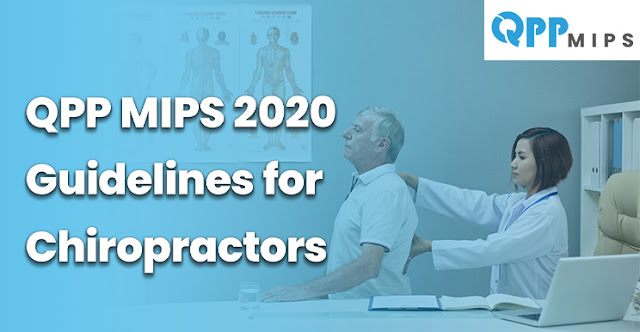
Payment plans and schedules are changed every year to accommodate changes and diverse situations. Talking about the Medicare Physician Payment Schedule 2020, it has also been modified to reduce the administrative burden in effect from 2021.
The codes have been revised for outpatient evaluation and management (E/M), and there is a lot of information that tells about tweaks in the details of how physicians will be paid for their services.
Given below are five important factors that physicians need to know. We will investigate them all through that how will they impact the Medicare Quality Payment Program (QPP). Ultimately, QPP MIPS 2020 participants and MIPS Qualified Registries can have an insight into what’s going to change and implement strategies accordingly.
Escaping from Penalty Requires Higher Margins
CMS (The Centers for Medicare and Medicaid Services) has set the bar very high for QPP MIPS 2020. This year, the minimum points to avoid a penalty are 45 points that were 30 points last year. In the upcoming year, it’s set for 60 points to be minimum. Moreover, the penalty percentage is also raised to 9% from 7%. The higher penalty threshold is expected to leave an impact on the cost parameter of the MIPS. However, statistics say that more clinicians are performing on the higher end of the score scale than on the lower end. Looking into MIPS 2018, CMS observed the average score was 86.9.
Exceptional Performance Threshold Goes High
CMS has a policy where exceptional performers in the MIPS can take part in the additional bonus pool of $500 million. At first, the exceptional performance was supposed to be 80 points, but in the final rule, it is set to be 85 points.
The high-performance threshold is surely high, and CMS states to reward the outstanding performers quite well. They have worked all year long with quality, consistency, and played with innovation so they deserve all the praise.
CMS estimates in MIPS 2020, 92.5% of the 880,000 MIPS-eligible clinicians will achieve more score than the penalty threshold and earn incentives. Moreover, they expect 45% of the total eligible physicians as high-performers.
Cost and Quality MIPS Performance Categories Remained Unchanged
CMS wished to lower the weight of quality category in 2020 from 45 to 40 points and raise the weight for cost from 15 to 20. But in the final rule, it all remained the same as the previous year.
The later decision was empowered by the AMA’s concerns that there are no detailed or timely feedback constraints for the cost category. Therefore, it wouldn’t be fair for physicians to increase the points of the cost parameter.
According to the CMS, they are in constant efforts to devising new rules for real-time data access for eligible clinicians to get a better understanding of these measures and their performance criteria. Moreover, it will also help them in keeping the cost factor in check.
CMS, however, plans to increase the weight of cost category only when eligible clinicians will be able to comprehend the data effectively based on performance feedback reports on episode-based measures.
AMA (American Medical Association) states that they are concerned over the cost measures as Medicare Spending per Beneficiary and Total Per Capita Cost as physicians have no control over them.
CMS believes that their approach will help to align incentives across the board.
Small medical practices via any MIPS data submission method can receive bonus points for treating patients with high-risk or complex medical conditions or for patients with double Medicare-Medicaid eligibility.
Administrative Burden is Cutting Down
CMS is moving ahead with a framework “MIPS Value Pathways”, starting from 2021 to counter the administrative issues and complexities that we hear associated with MIPS.
The four MIPS performance categories seem like different programs so CMS decides to replace with a pathway that:
- Aligns with eligible physicians’ specialties
- Includes lesser MIPS reporting measures
- Compatible to move towards advanced Alternative Payment Models (APMs)
AMA and CMS are working together to relive every stressful aspect of the MIPS, and we can expect fruitful outcomes in the future.










